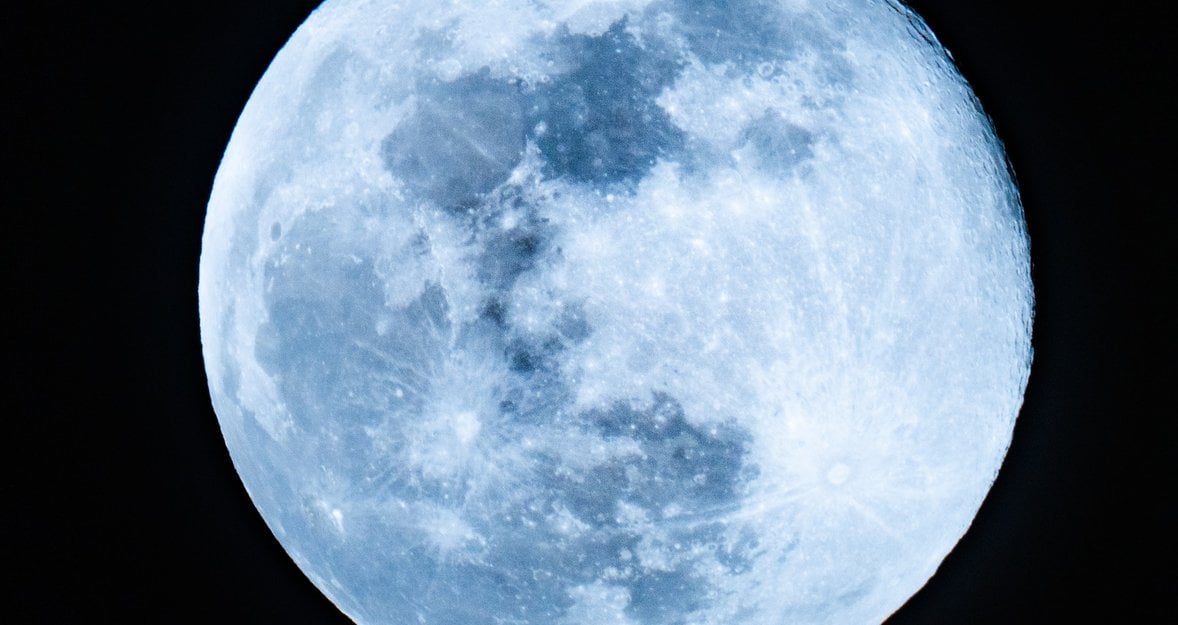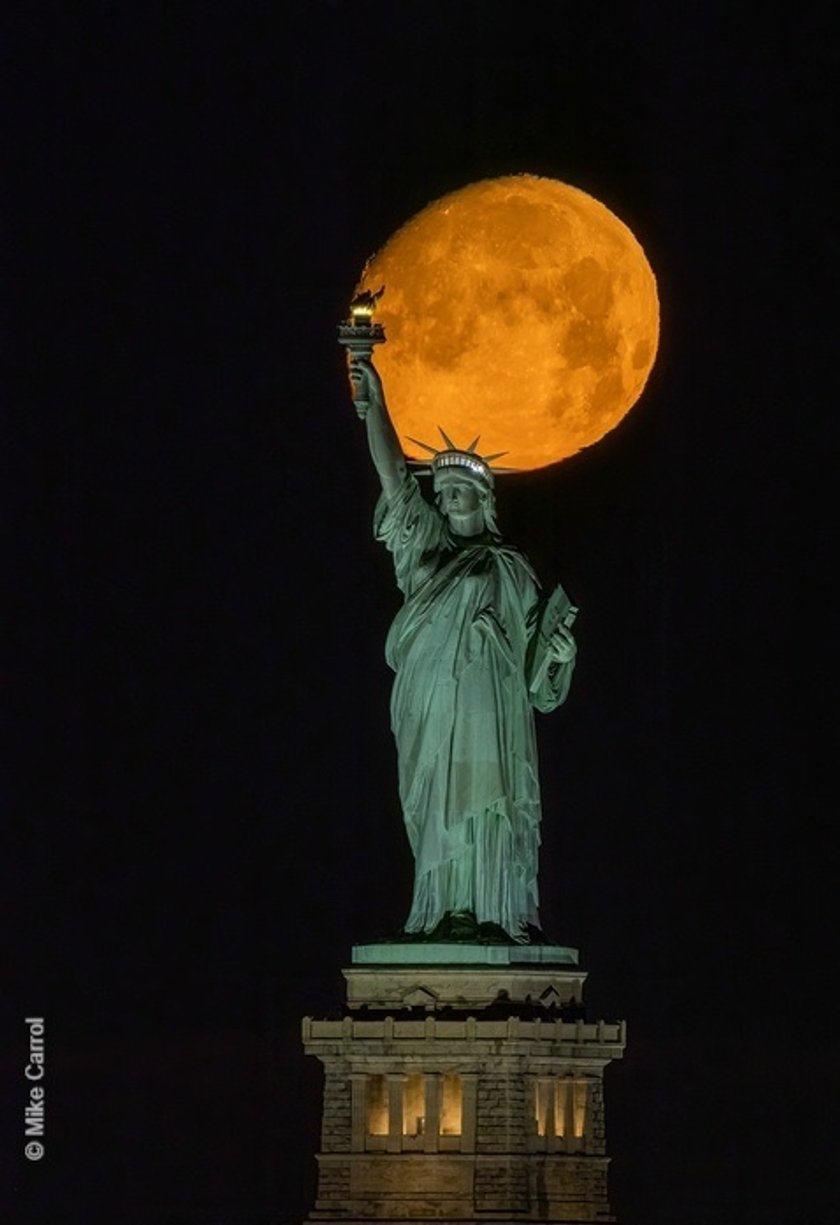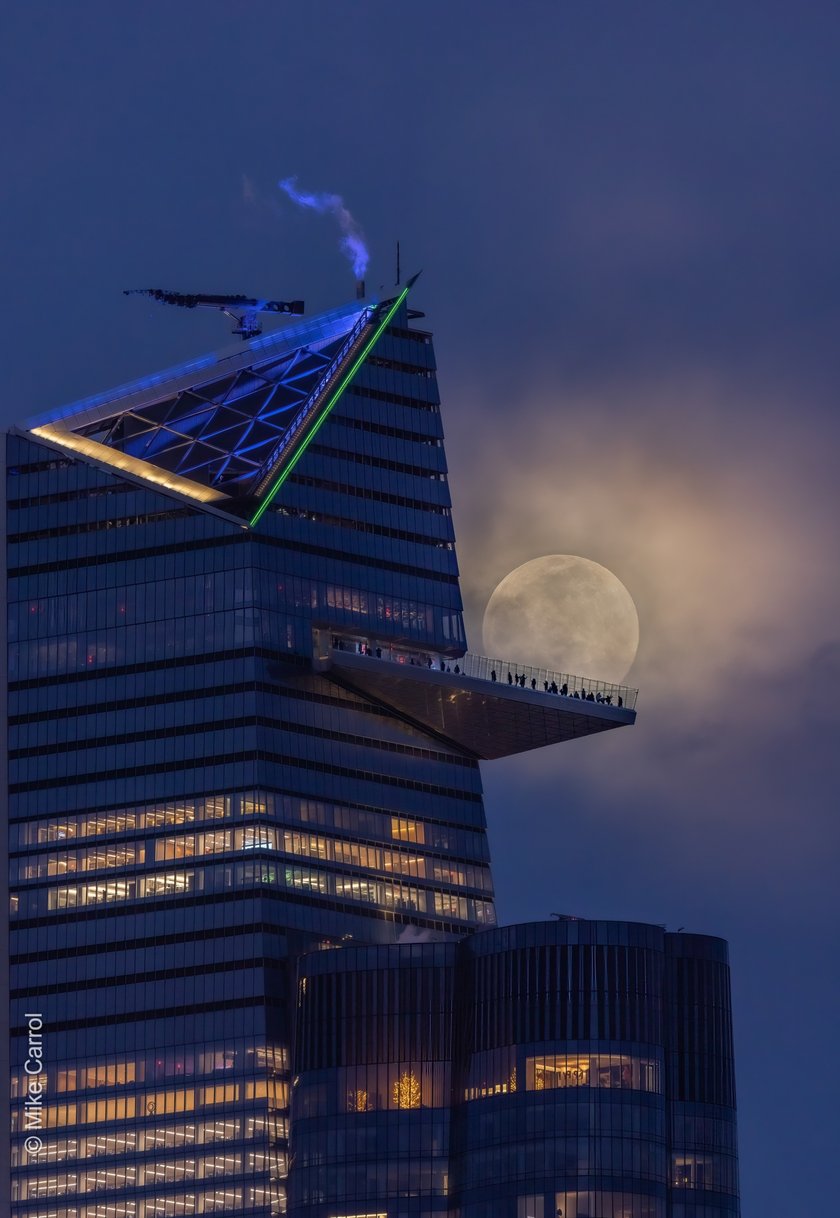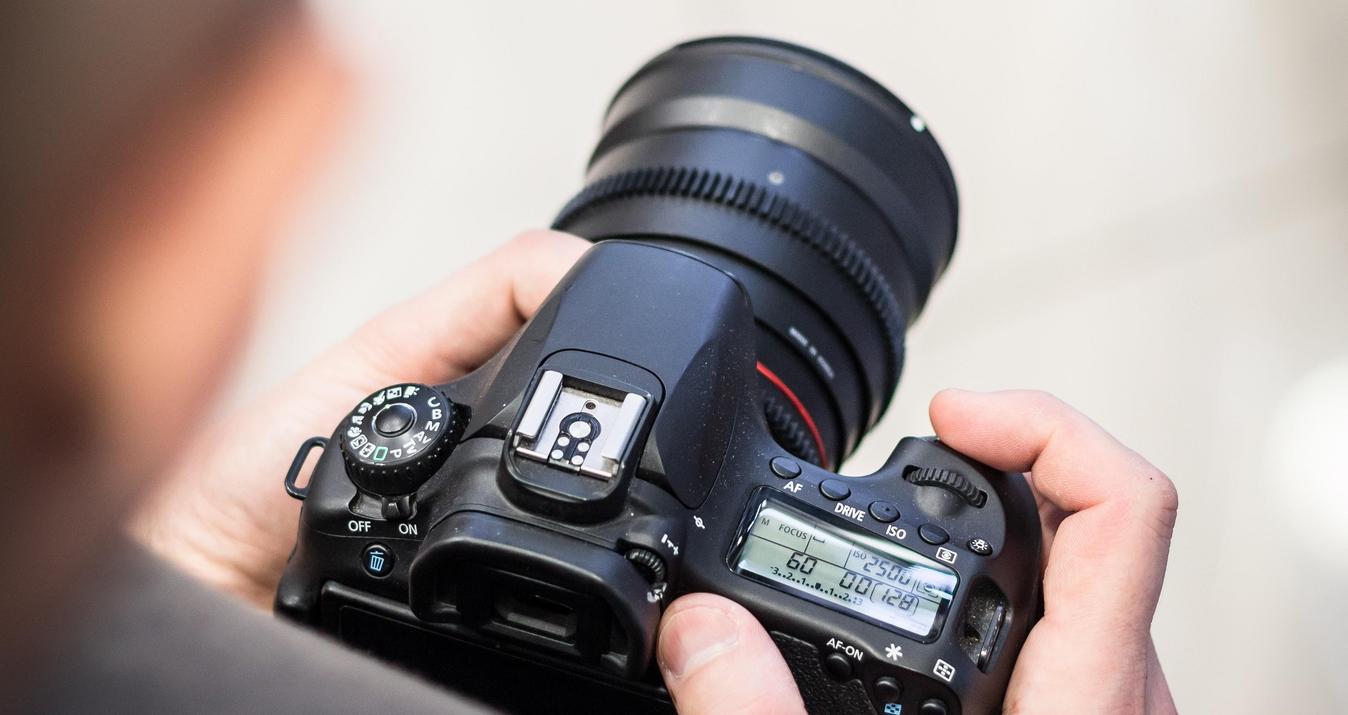Capturing the Rare Blue Moon of August 2025
Last Updated on January 16, 2025

Every once in a while, there are celestial events that catch the attention of the wider public. It might be due to the rarity of the event or sometimes it might just be the ease of viewing. At the end of this month comes a celestial event that checks all of the boxes to ensure that while it’s grabbing headlines it will also have photographers grabbing their cameras.
On the 31st of this month, the Moon will be full, but this isn’t just any full moon, this is a blue moon. And this isn’t just any blue moon, it’s a supermoon. That’s quite the set of credentials, but what does it all mean? Well, let’s dig into all of those labels and then we’ll talk about how you get a great photo of this rare event.
Once in a Blue Moon
 Chances are you’ve heard the phrase, “once in a blue moon” before, but probably haven’t put a whole lot of thought into it. While the origins of the phrase might surprise you, the common modern meaning refers to the rarity of an event. So the phrase refers to something rare, a blue moon, but that doesn’t tell us what a blue moon is. Normally we have one full moon per month. However, due to the moon cycle being at 29.5 days being just a bit shorter than our standard month, every 33 months we have two full moons in the same month. That second full moon in a single month is what we call a blue moon.
Chances are you’ve heard the phrase, “once in a blue moon” before, but probably haven’t put a whole lot of thought into it. While the origins of the phrase might surprise you, the common modern meaning refers to the rarity of an event. So the phrase refers to something rare, a blue moon, but that doesn’t tell us what a blue moon is. Normally we have one full moon per month. However, due to the moon cycle being at 29.5 days being just a bit shorter than our standard month, every 33 months we have two full moons in the same month. That second full moon in a single month is what we call a blue moon.
Is It Blue?
Blue in this case only refers to the name and not the expected color of the Moon. So, if your Moon is blue, you might need to make some adjustments to the color balance of your image!
What Makes It Super?
That orbital path that the Moon follows around our Earth is not a perfect circle. This means one certain occasions the Moon is closer to Earth than others. When that timing matches up with a full Moon, it’s given the designation of being a “supermoon”
How Much Bigger Will It Be?
On average, a supermoon is between 7-8% bigger than a standard full moon. So, technically that much difference is pretty hard to detect with our eyes. It will however be a bit brighter than your typical full moon.
Is it Worth Photographing?
Absolutely! When rising above the horizon, the full moon can provide some really unique compositions. Given the mix of being a blue moon and a supermoon is a very rare combination and definitely worth some planning to get a great photo. Events like this also tend to attract a lot of attention, so it’s a great opportunity to have more people see your work!
Planning is Key
 As with any photographic endeavor, preparation is key to capturing the beauty of the Blue Moon. Here are some steps to consider before the event:
As with any photographic endeavor, preparation is key to capturing the beauty of the Blue Moon. Here are some steps to consider before the event:
- Know the Date and Time: The blue moon will occur on Wednesday August 30 9:35PM EDT. Be sure to check what time it will be rising based on your exact location.
- Scout the Perfect Spot: This will be key to getting a great photo that people will remember. There will undoubtedly be an endless sea of photos with just the Moon and nothing else in the frame. Finding something unique or recognizable is a great way for your photo to stand out. Consider iconic landmarks, like the Statue of Liberty, city skylines, lighthouses or seek natural elements to add interest to your composition.
- Gear Selection: A sturdy tripod is absolutely key for a sharp image. You’ll most likely want to use a telephoto lens to make the Moon larger in your frame. If you’ve ever tried to take a photo of the full moon with your mobile device or a wide angle lens, it might result in a cool photo, but the small size might not show off the super side of the supermoon. A lens that covers a wide focal range like the SIGMA 150-600 f5-6.3 DG DN | S or something similar is an ideal option.
- Camera Settings: These will vary a bit depending on your camera, lens, and location, but they should serve as a starting point. You can head out the night or two before the full Moon to get a better idea of your settings since the Moon will be close to full and similar brightness. Set your camera to manual mode to have complete control over the exposure. Opt for a low ISO (e.g., 100-400) to minimize noise, an aperture around f/8 to f/11, with a shutter speed of at least 1/15.
The Night of the Blue Moon

The hope of any shoot is being completely ready when the moment to hit the shutter button comes.
- Arrive Early: Get to your chosen location well before the moonrise to set up your equipment, take a few test images to dial in your final composition, and start adjusting your settings as the time approaches. You can use apps like PhotoPills or one of the many stargazing apps like StarWalk to make sure your alignment is accurate.
- Capture the Movement: Starting taking photos at regular intervals as the Moon rises. This will give you additional options for the exact placement of the Moon as well as the option of creating a composite showing the movement across the sky.
- Keep Reviewing and Experiment with Your Settings: Since this isn’t an event that will occur again anytime soon, be sure to keep reviewing your images and change settings accordingly. If you notice the Moon is too bright, try using a faster shutter speed. If your image, you can try using a wider aperture.
- Finish Up in Post. Once you've captured your shots, post-processing can put the final touches to bring out the magic. Load up Luminar Neo and get to work! You can experiment with any of your existing templates or head straight into Enhancer to bring out detail. You’ll likely want to bring out details in the shadows and adjust some of the highlights to make sure you have a beautiful foreground while retaining the details of the Moon.
Share & Tag
With this rare event capturing the attention of such a wide audience, it’s not a bad idea to get your images ready to go as soon as possible. Hopefully all of the planning for your unique composition will help make your image stand out from the rest. Be sure to tag the Luminar Neo team so we can see how your photos came out!





